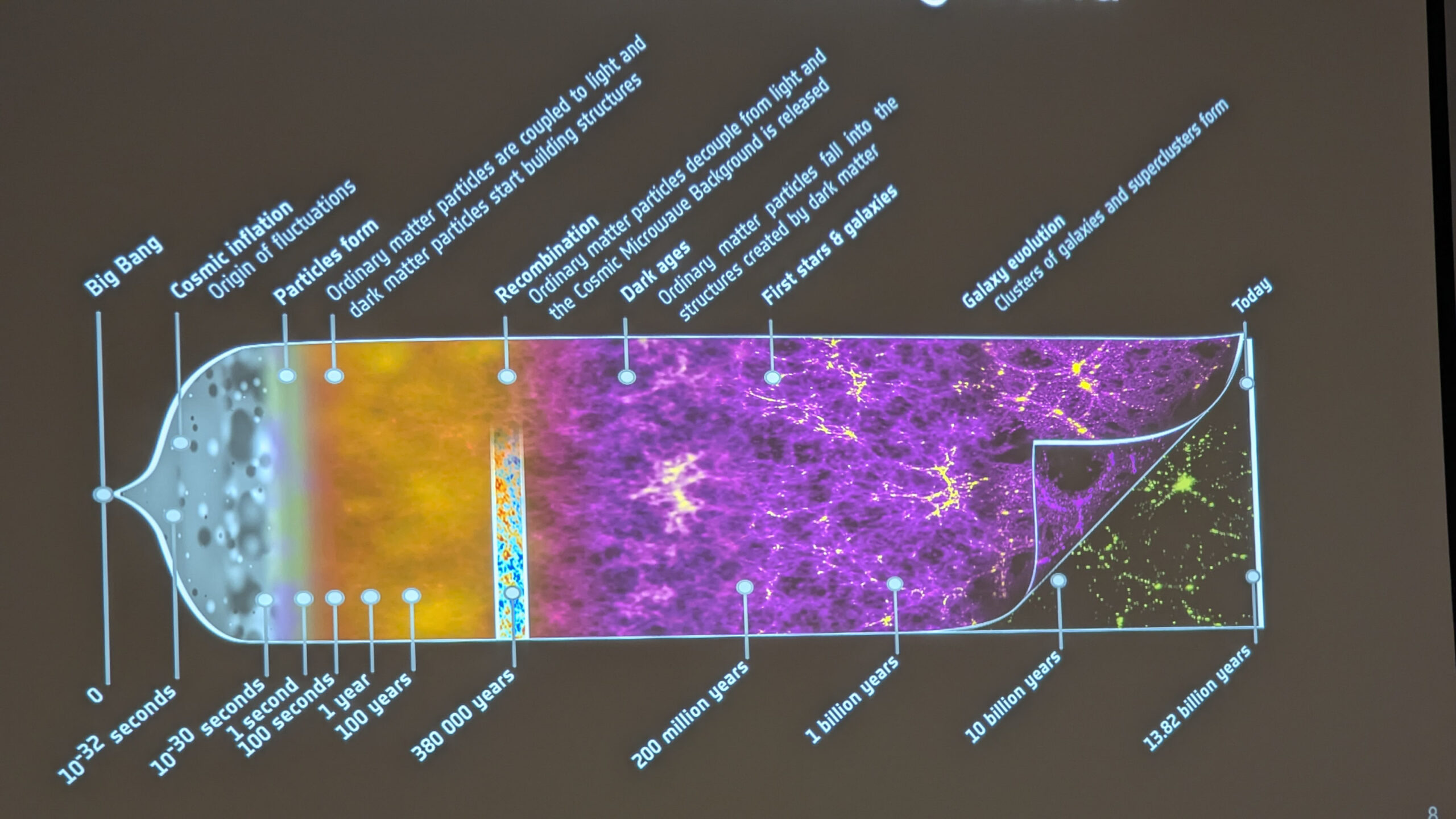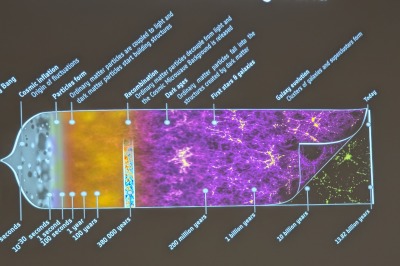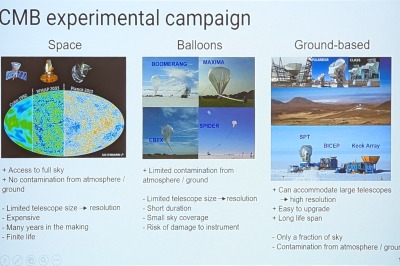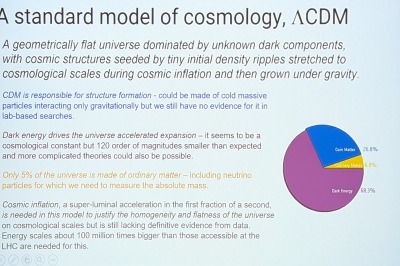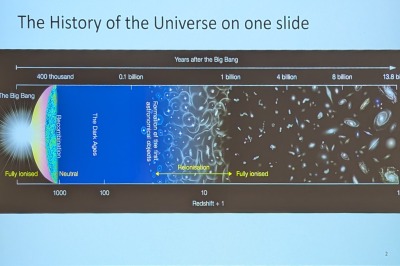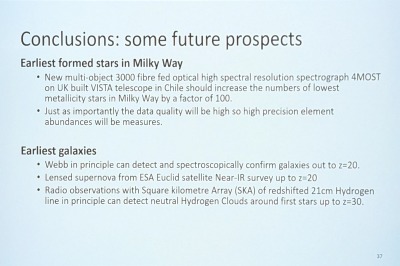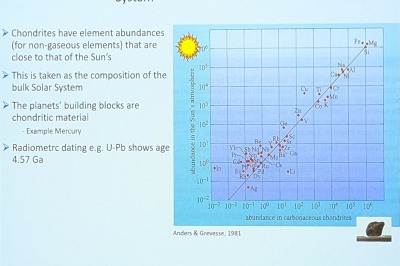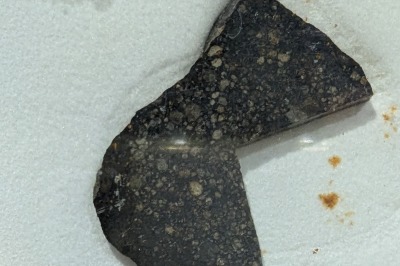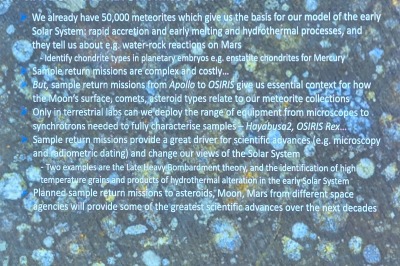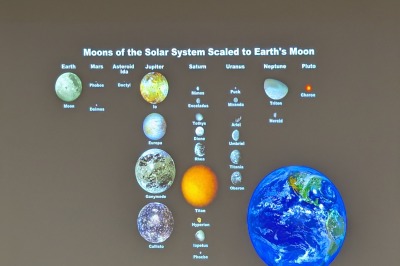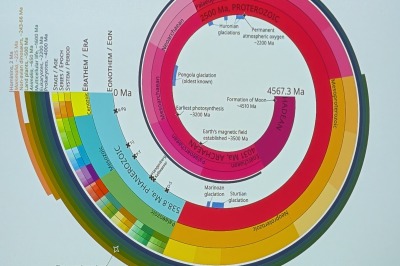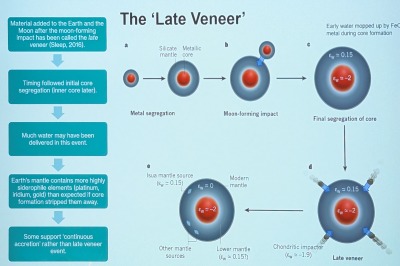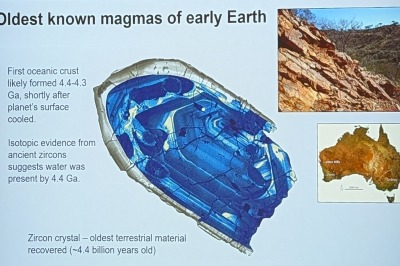Physical Origins from the Big Bang to Earth
22nd February 2025
We are on a mailing list, and several times a year we are invited to attend a physics lecture at Oxford University. What with COVID, lectures going online, and then the slow recovery from the pandemic, and holidays, we have not attended one for five years or so.
This one took place in the Mathematical Institute on the old Radcliffe Infirmary site. The Mathematical Institute has many references to Andrew Wiles and Fermat’s Last Theorem. The lecture was well attended and was an overview on the creation of the universe, stars, solar systems and the planets. We learnt how we can see back to 380,000 years after the Big Bang. Especially interesting was hearing about theories on the when and how the earth and the moon were formed, and finally how water came to the planet. Analysis of moon samples and meteorites are crucial in the understanding of the age of the moon and earth.
After the talk we headed to St Cross College for a conference meal and talk. The talk was about the element platinum and its mining. I am afraid, it was not an inspiring dinner speech.
After a pleasant day, we headed home on the bus to Bicester.
The speakers for the day were.
Professor Erminia Calabrese (Cardiff University) – The Origins of Our Universe
Professor Richard McMahon (University of Cambridge) – The Earliest Stars and Galaxies
Professor John Bridges (University of Leicester) – Formation of the Planets: What We Have Learnt from Sample Return Missions and Meteorites
Professor Sara Russell (Natural History Museum, London) – The Origin of Our Earth and the Moon
Professor Thomas Gernon (University of Southampton) – Origins of the Earth’s Continents and Oceans
Summary of the Day’s Proceedings – Professor Chris Lintott (University of Oxford)
